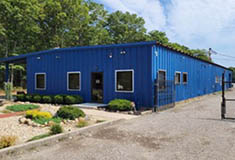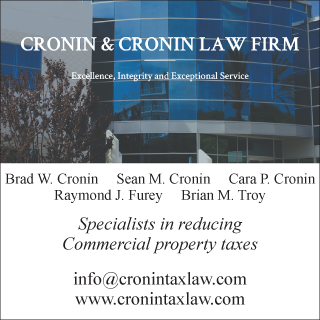News:
Long Island
Posted: May 19, 2008
Green building: Making the transition from cottage industry to big business
On April 29, 2008, the Town of Islip joined a growing list of municipalities on Long Island adopting energy standards for the construction of new residential development. Like Babylon and Brookhaven, Islip now requires newly constructed homes to be built in accordance with the Energy Star Homes standard. With this change, builders in these municipalities will have to incorporate new construction techniques, different materials, and additional monitoring requirements into all new residential structures.
While this sounds like a daunting and potentially burdensome task, there are numerous benefits that come with the construction of homes to Energy Star standards that may make even voluntary compliance attractive. Given the rising costs of energy across the board and the current consumer awareness of environmental issues, compliance with Energy Star will make a home more attractive to prospective buyers. In fact, the market for environmentally conscious buyers has grown to such a degree that a number of real estate brokers have begun to offer their services as "ecobrokers," specializing in green development. Furthermore, there are numerous financial incentives offered in New York for the construction of an Energy Star Home, including several rewards from LIPA that range from $200 to $12,500 per home.
So, what is an Energy Star Home? Many consumers are familiar with Energy Star from the bright blue labels on appliances that indicate energy efficiency. The program, however, does much more than rate household products. The Energy Star Homes standard was developed by the United States Department of Energy and the United States Environmental Protection Agency to offer guidance and provide quantifiable measures of energy conservation for American homes.
Energy Star Homes are rated on a scale of 0 through 100, with 100 being the most energy efficient. In order to qualify as an Energy Star Home, the finished residence must score an 84 or higher on this scale. To put this in perspective, it is estimated that a home built to the specifications of the current New York Building Code would score between 75 and 78. Therefore, the changes necessary to increase the efficiency of a home to the level required for Energy Star certification will, for the most part, be modest and, in many cases, can be done with relatively little increase in the cost of construction.
Generally speaking, alterations to insulation levels, air sealing, windows, doors, heating and cooling systems, lighting, and appliances will yield significant improvements in the energy efficiency of a home. But before attempting construction and hoping that new measures will result in a structure that is compliant with the Energy Star Homes standard, it may be worthwhile to contact an energy consultant who can help plan and implement cost-effective measures that promote energy efficiency. Specifically, individuals known as Home Energy Raters, or HERS raters, are certified to assist builders in the planning and eventual commissioning of residences as Energy Star Homes and they can be a valuable resource in assisting those interested in the transition to build green.
Once a home is constructed, a certified Home Energy Rater must make a final inspection of the house and assign a score between 0 and 100. If the home scores over 84, it is Energy Star certified. It is important to note that, should there be any after-market renovations to the house, the Home Energy Rating System score will cease to be valid and a Home Energy Rater will need to re-inspect the house to confirm its compliance with the Energy Star standard.
Although the Energy Star Home standard has only been adopted by a few municipalities on Long Island, it is very likely that more towns will consider and enact similar measures in the near future. Therefore, residential builders should familiarize themselves with Energy Star Home requirements and begin to assess and adjust their current building practices accordingly.
Kevin Walsh is an associate in the environmental practice group at Certilman Balin Adler & Hyman, LLP, Hauppauge, N.Y.
Tags:
Long Island
MORE FROM Long Island
Suffolk County IDA supports expansion of A&Z Pharmaceuticals
Hauppauge, NY The Suffolk County Industrial Development Agency (IDA) has granted preliminary approval of a financial incentive package that will assist a manufacturer in expanding its business by manufacturing more prescription (Rx) pharmaceuticals in addition to its existing over-the-counter

Columns and Thought Leadership

The evolving relationship of environmental consultants and the lending community - by Chuck Merritt
When Environmental Site Assessments (ESA) were first part of commercial real estate risk management, it was the lenders driving this requirement. When a borrower wanted a loan on a property, banks would utilize a list of “Approved Consultants” to order the report on both refinances and purchases.









.jpg)